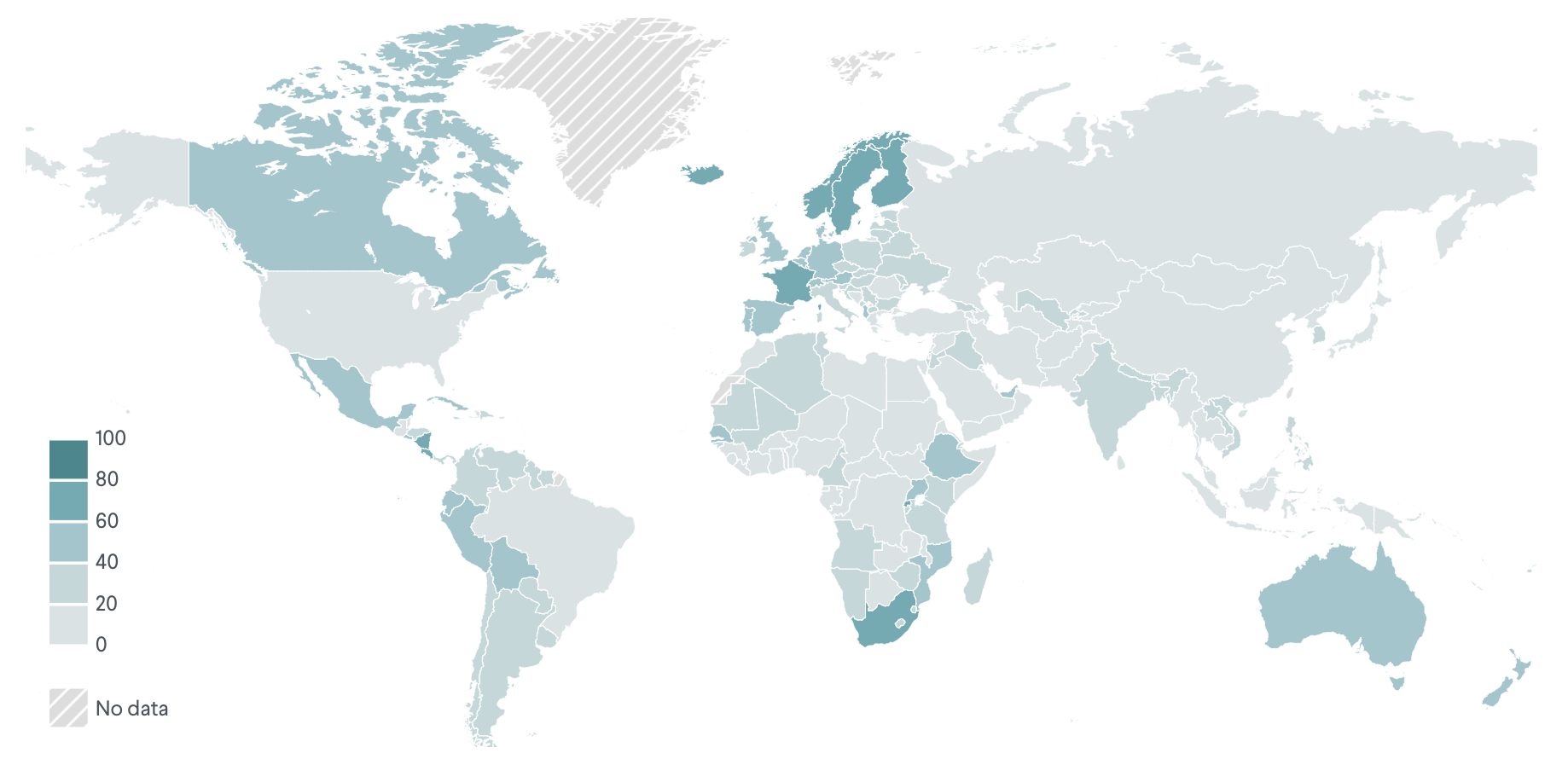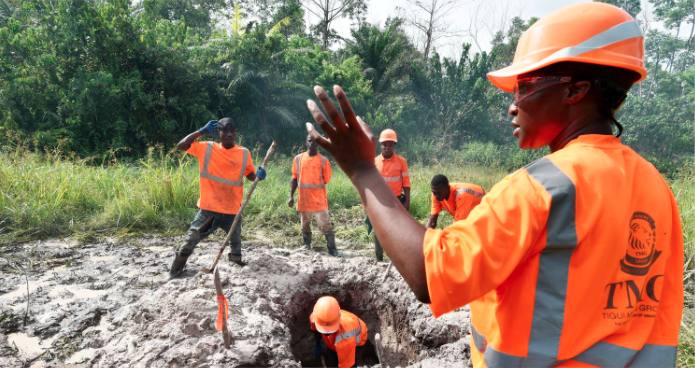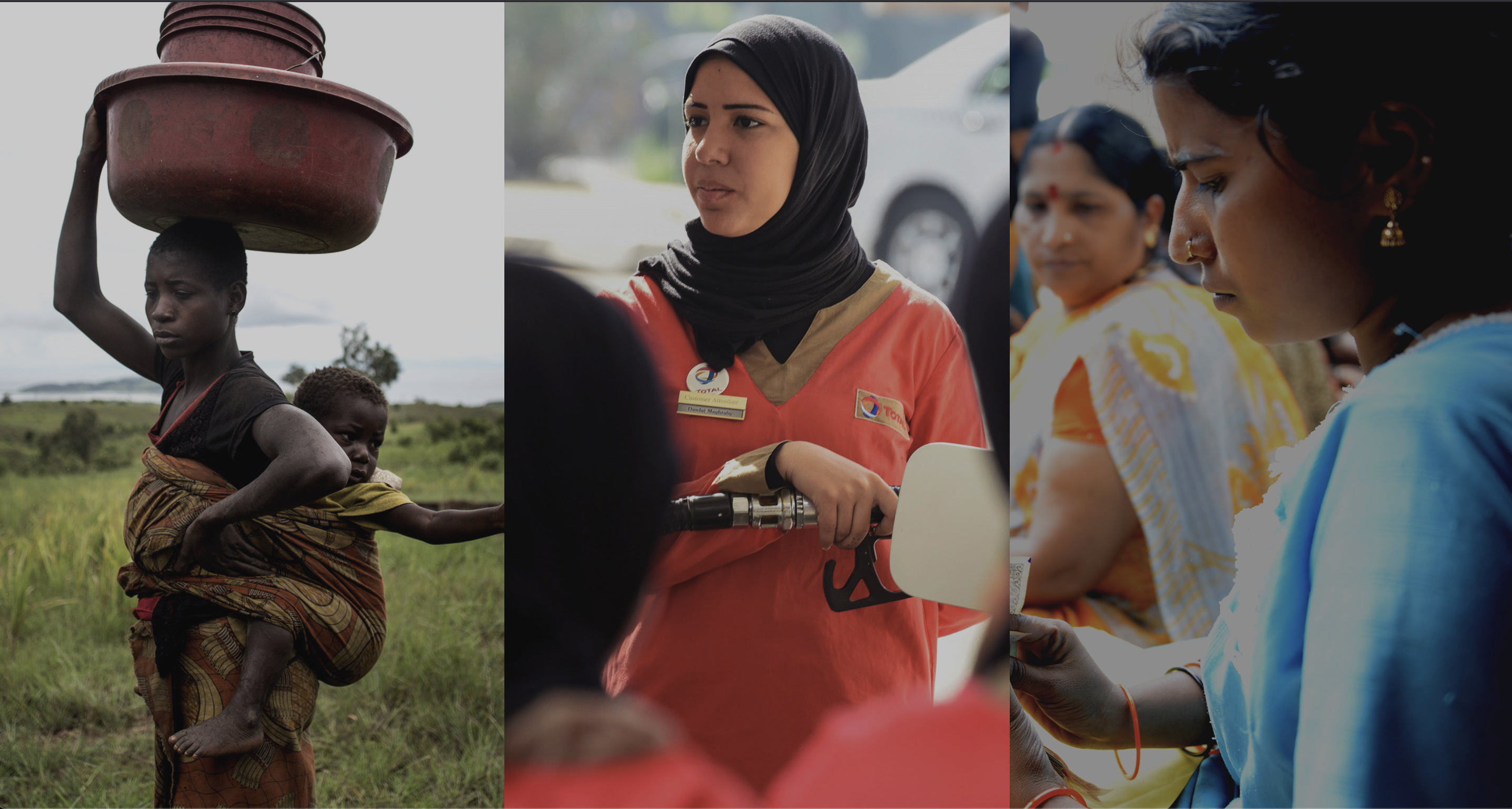No female negotiators or mediators were involved in formal peace talks, although female civil society leaders served as observers and represented 17 percent of witnesses to the signing of the agreement.
Women were instrumental in demanding formal talks, holding belligerents accountable to negotiation timetables, and mobilizing national support for the process. Women led marches, organized weekly rallies in central fish markets, and staged nationwide women’s strikes and sit-ins.
After the 1989 coup in which Charles Taylor assumed the presidency, Liberia spiraled into two successive waves of armed violence, the second of which killed over two hundred thousand people and displaced nearly two million people. The intense four-year conflict known as Liberia’s Second Civil War began in April 1999, when a rebel group, Liberians United for Reconciliation and Democracy, with the support of forces from neighboring Guinea, began a military offensive to topple Taylor’s government, gaining control over much of northern Liberia. The conflict was defined by the use of child soldiers on all sides and extensive civilian casualties. Although armed combatants were mostly male, women and girls across the country were subjected to widespread sexual violence, abductions, forced labor, and forced marriage. In 2003, the Accra Peace Agreement, signed by all parties, brought an end to violence.
No female mediators were involved in the process, but women in civil society served as observers and later represented 17 percent of the witnesses to the signing of the final agreement. Women in civil society were instrumental in demanding formal talks, holding belligerents accountable to negotiation timetables, mobilizing national support for the process, and facilitating the disarmament of former combatants.
- Women
- Men
women
women
Women made a difference in the Liberian peace efforts in four ways.
Staged mass action. In April 2003, a group of Liberian women led by activist and future Nobel Peace laureate Leymah Gbowee launched Women of Liberia Mass Action for Peace. The national nonviolent campaign brought together Muslim and Christian women from different ethnic and class backgrounds to demand an end to war. Women led marches; organized weekly rallies in central fish markets, drawing thousands of women; and staged nationwide women’s strikes and sit-ins. Gbowee reflected that “in the past we were silent, but after being killed, raped, dehumanized, and infected with diseases . . . war has taught us that the future lies in saying no to violence and yes to peace.”
Held negotiating parties accountable. The Women of Liberia Mass Action for Peace campaign held negotiating parties accountable throughout the process. They arranged some of the early meetings between Taylor and top rebel leaders, earning them a reputation as “objective intermediaries.” When an impasse threatened to derail the timetable of the peace process, the group met Taylor and successfully pressured him to participate in talks in Accra, Ghana. In Accra, women staged a sit-in and refused to let any party leave the premises before they reached a negotiated resolution; the talks culminated in the signing of the 2003 Comprehensive Peace Agreement.
Built public support. After the cessation of open hostilities, women led a nationwide voter and civic education campaign that reinvigorated public trust and participation in the political process and contributed to the successful installation of a democratically elected government in 2006.
Aided disarmament. Women’s inclusion in disarmament, demobilization, and reintegration (DDR) efforts after the Liberian conflict had demonstrable effects: when initial DDR activities led by the UN Mission in Liberia (UNMIL) resulted in unrest, women’s groups went into the cantonments to ease tensions, open dialogue with former combatants, and protect children, ultimately providing recommendations that strengthened UNMIL’s future efforts.
“It was the mothers in different communities who came and said, ‘Come, guns are hidden there, guns are over there.’ . . . Without these mothers who are the keepers of the secrets of the communities, we would not have known that many of the young men—who were parading by day as decent citizens—were killers by night.”
— Leymah Gbowee, organizer of WIPNET and Nobel Peace laureate
Liberia continues to forge ahead in its recovery process and has made progress in rebuilding its institutions and economy after they were destroyed by the dual effects of the war and government mismanagement, and further weakened by the 2014–16 Ebola outbreak. However, internal risks to sustainable peace remain, including interethnic divides, corruption, high levels of unemployment, and lack of access to justice. In 2018, UNMIL completed its mandate, transferring the country’s security responsibilities to the government.
The government of Liberia has identified the equal political and economic participation of women as critical to its continued efforts to consolidate peace. Women’s robust nationwide activism promoted civic education and catalyzed long-term reform after the cessation of open hostilities, during which women led a nationwide voter and civic education campaign that reinvigorated public trust and participation in the political process. Elections in 2005 brought to power the country’s first female head of state, Ellen Johnson Sirleaf, and resulted in an uptick in women’s representation in parliament.






